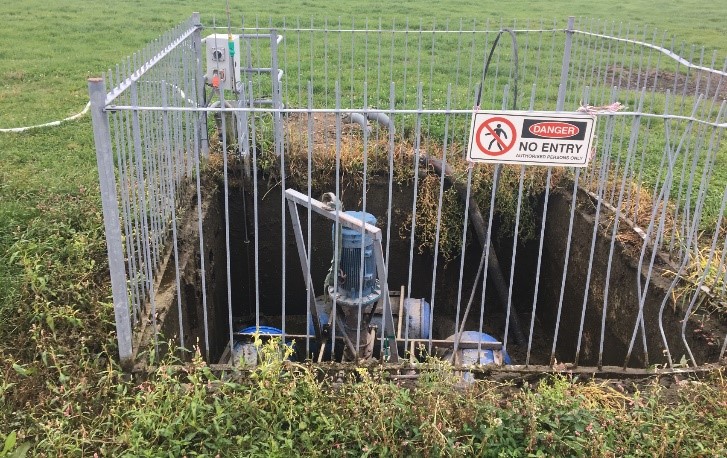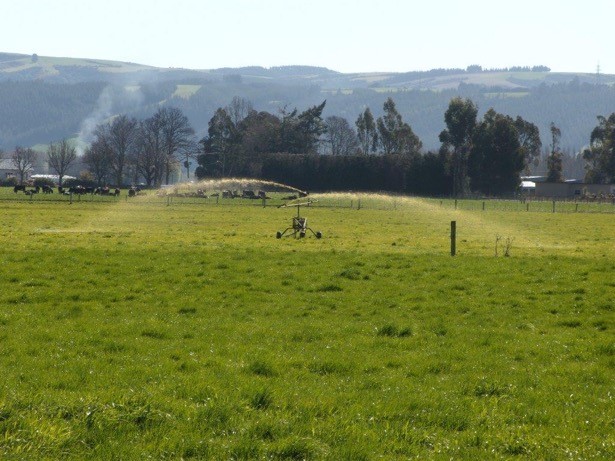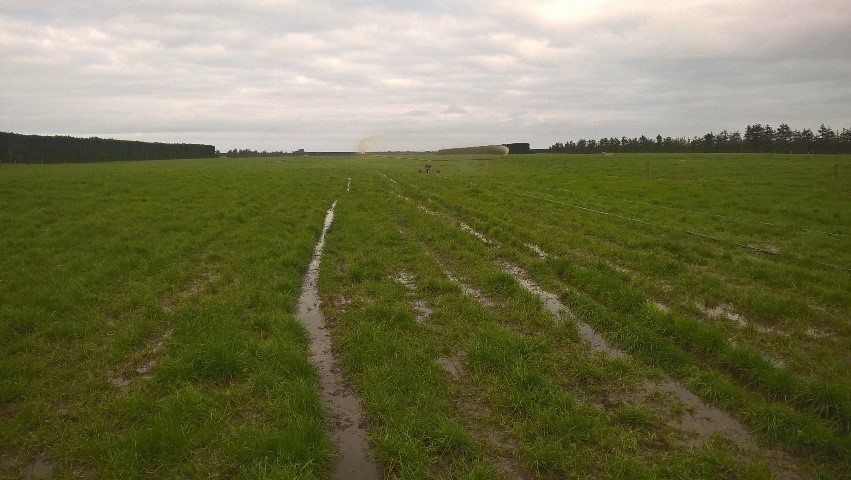Animal Effluent Good Management Practices
Animal Effluent GMP 1: Ensure the effluent system meets industry specific Code of Practice or equivalent standard.
To meet this GMP, you must:
- Make sure your effluent system is meeting industry requirements
Thing you can do:
- Make sure all new effluent systems are designed according to Farm Dairy Effluent Code of Practice standards
- Use an Accredited Company to design your effluent system - make sure the system design is suited to the soil type, topography and climate.
- For old systems, consider completing a dairy effluent Warrant of Fitness (WOF) to identify risks in your system
- Effluent is collected from all sources – dairy sheds, yards, feed pads and underpasses
- Aim to capture all the FDE, spread the FDE at a time that allows uptake by plants, to uniformly spread the FDE to the desired depth and at a desired intensity, to apply FDE within the effluent application area, ensure that FDE systems can operate safety, and to comply with all regulatory requirements
Animal effluent GMP 2: Have sufficient, suitable storage available to enable farm effluent and wastewater to be stored when soil conditions are unsuitable for applications.
To meet this GMP, you must:
- Ensure the storage on your property for effluent and wastewater has adequate storage
- Make sure that effluent is being stored and is only applied to the land when conditions are suitable.
Things you can do:
- If building new storage, use an accredited effluent designer
- Use the Dairy Effluent Storage Calculator (DESC) to figure out how much storage you need to have
- Make sure your storage capacity meets the volume recommended by the DESC at a minimum (note: this is not the total volume of your pond(s), but the amount left once you take out space for the sludge/sediment settlement on the bottom of the pond and the freeboard at the top of the pond)
- Know how much storage you have available, keep your effluent design specs on file
- Spread effluent when conditions are suitable, not just when your pond is full, this leaves your storage available for when you need it and makes sure you are applying effluent when it is going to be beneficial
- Make sure storage ponds are sealed to avoid leakage, e.g. Fill cracks in concrete, keep the storage construction certificate, undertake a drop test to measure leakage, avoid overflows
- Routinely remove effluent solids that accumulate
To complete the Dairy Effluent Storage Calculate, contact our team or your milk supplier to arrange for someone to do this for you. If you’re really keen, you can use the calculator yourself.
 Sealed storage pond with sufficient storage capabilities.
Sealed storage pond with sufficient storage capabilities.

Overflowed effluent system.
Animal effluent GMP 3: Ensure equipment for spreading effluent and other organic manures is well maintained and calibrated.
To meet this GMP, you must:
- Make sure that the equipment used for spreading effluent is maintained to a good working condition
- Calibrate the spreading equipment to ensure the spreading of effluent is even and at the desired rate
Things you can do:
- Know how much effluent your equipment applies at the different settings
- Complete a bucket test annually to calibrate effluent irrigators/spreader to ensure you effluent is being spread evenly and at the desired rate
- Know your what the design specifications should be for your system (e.g. design flow rate and pressure) and create a schedule to check your system is operating as it should
- Service effluent pumping equipment
- Ensure your staff are trained to maintain your gear effectively
- Provide staff with a checklist of things to do and when, such as getting to them complete DairyNZ’s Effluent Management Plan Poster. We have copies of these in the office if you’d like a poster.
Animal effluent GMP 4: Apply effluent to pasture and crops at depths, rates and times to match plant requirements and minimise risk to water bodies.
To meet this GMP, you must:
- Apply effluent at a rate and time the soil can absorb it to avoid effluent ponding. (Note: The definition of ponding is when you stamp your foot and it creates a splash. Many consents state that effluent ponding can’t occur. Effluent ponding occurs when the soil profile is saturated because effluent is being applied faster than the soil can absorb it. The pooled effluent can hinder grass growth, stock tend to not eat the grass where effluent has ponded and ponded effluent can runoff into the waterways, pivot ruts and/or leach through the soil profile )
- Time the spreading of effluent so it matches plant requirements. Plants will be more likely to take up the nutrients from the effluent and it will reduce the possibility of leaching and minimise the amount of nitrogen fertilisers you’ll need to use
Things you can do:
- Make sure effluent is not applied directly to or within 50 metres of a waterway
- Ensure the area where effluent is being applied complies with your consent (calculated on OVERSEER)
- Make sure the effluent is being spread evenly so the nutrients get applied at an even rate
- Complete soil tests on the areas where effluent is applied and adjust fertiliser application rates accordingly
- Identify and record risk areas, such as waterways, unproductive land, tracks, dips and swales for effluent application on a map and make sure staff know effluent isn’t applied in or close to these areas.

Effluent being applied at times of low soil moisture and at a rate that soil can absorb it.

Effluent being applied when soil is unable to absorb it.


